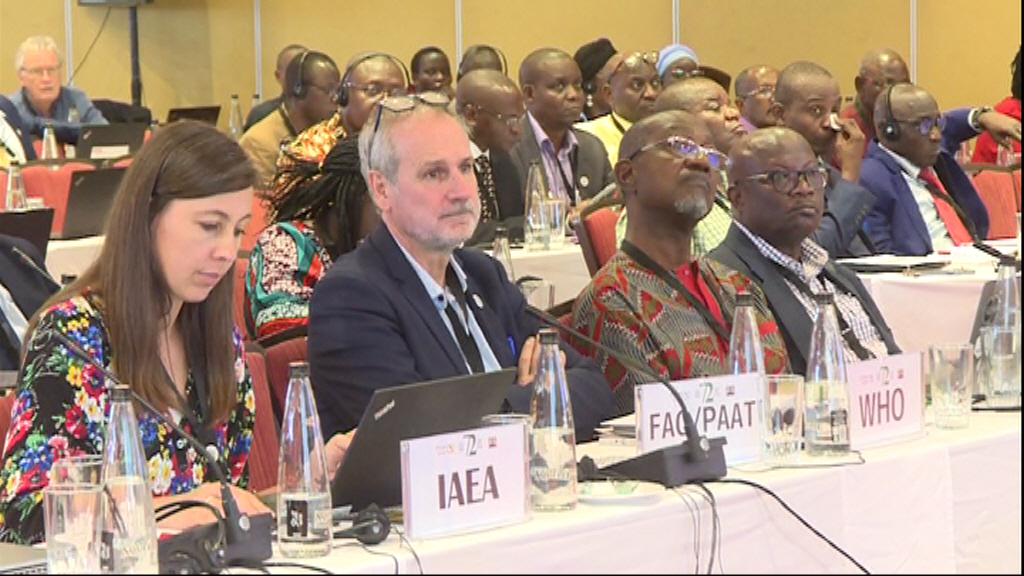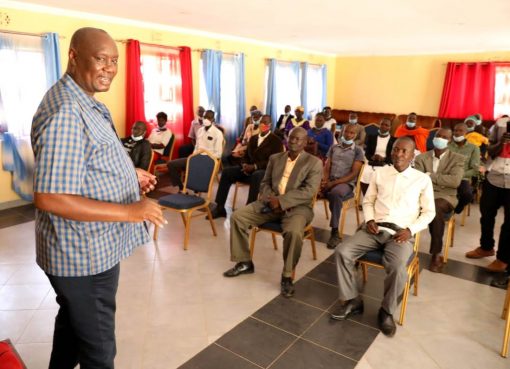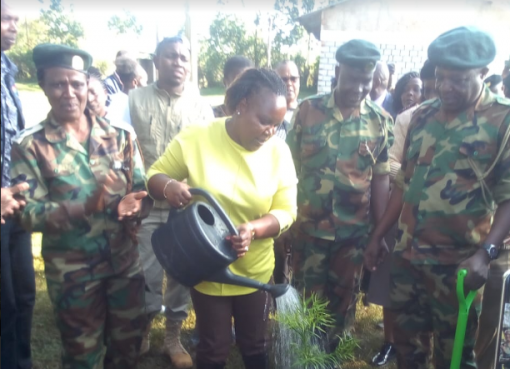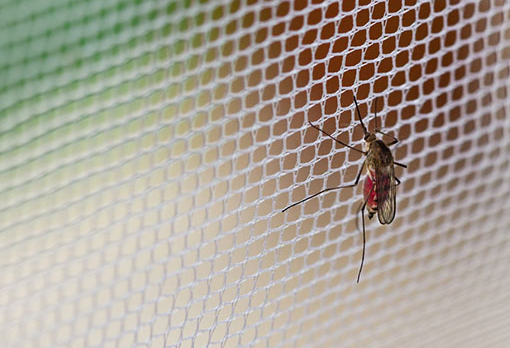Kenya is hosting the 36th General Conference of the International Scientific Council for the Trypanosomiasis Research and Control (ISCTRC) in Mombasa aimed to come up with strategies to tackle the African Trypanosomiasis (‘sleeping sickness’).
The five-day conference brings together more than 300 disease control workers, scientists, and researchers from over 38 tsetse-infested AU countries to share information and best practices on eradication of trypanosomiasis.
Dr. Christopher Wanga, Director of Livestock, Policy, Research and Regulation, State Department for Livestock and Fisheries Development said Kenya is keen to eradicate trypanosomiasis through the Kenya Tsetse and Trypanosomiasis Eradication Council (KENTTEC).
According to the African Union Inter-African Bureau for Animal Resources (AU-IBAR), Trypanosomiasis severely affects human and livestock health, and limits land use thus causing poverty and perpetuating underdevelopment on the continent. Trypanosomiasis occurs in over 10 million sq km in 38 countries with about 2,804 human cases reported in 2015.
“The Kenyan government has prioritised tsetse and trypanosomiasis eradication in over 36 counties where tsetse and trypanosomiasis remain a challenge,” said Wanga.
He added that since 2009, the country has not reported a single case of the Human Africa trypanosomiasis.
“However, as the government, we continue with surveillance to be able to make sure we don’t have any resurgence,” he noted.
Wanga explained that Trypanosomiasis affects animals but the incidents are county-specific because the vectors are localised.
“It’s endemic; it’s transmitted by the tsetse fly vector and where the disease lives. The challenge with it is where the disease persists, the productivity of the animal is very low,” he said adding that Africa is the home of the tsetse fly that transmits trypanosomiasis thus Africa is interested in eradicating the disease.
With the weatherman warning of El Nino, Wanga asked farmers and county governments to stockpile Tsetse fly vector control products to support eradication.
AU-IBAR Animal Health Expert Prof James Wabacha said the challenge of Tsetse and trypanosomiasis is a transboundary issue affecting 38 AU countries.
“This platform was formed to allow countries experiencing this challenge to come together and share knowledge, and experiences as this challenge cannot be tackled by one single country it has to be tackled regionally and continentally,” said Wabacha.

The conference, he added, will look at the tools used to tackle tsetse and trypanosomiasis, strategies, policies programmes and practices to identify gaps and come up with strategies to address the gaps.
On her part, AU-IBAR Senior Programmes and Projects Officer Dr Annie Lewa said the countries will share their experiences to gauge the continent’s position.
“The information will help us draw a clear roadmap for the activities we are going to undertake in the next two years,” she said.
AU-IBAR Head of Animal Health Unit Dr Hiver Bousinni underscored how the effects of climate change and civil unrest affect the distribution of Tsetse and trypanosomiasis.
“Tsetse-infected areas and distribution are well known in Africa as a tropical disease but today because of climate effects the disease of sleeping sickness and trypanosomiasis in animals are being reported in other areas known to be free from the diseases,” said Bousinni.
This, he added, has been exacerbated by the insecurities that are going on all over in Africa and are pushing people to move with their animals contributing to the spread and distribution of tsetse of animal and human trypanosomiasis across the continent.
By Sadik Hassan





